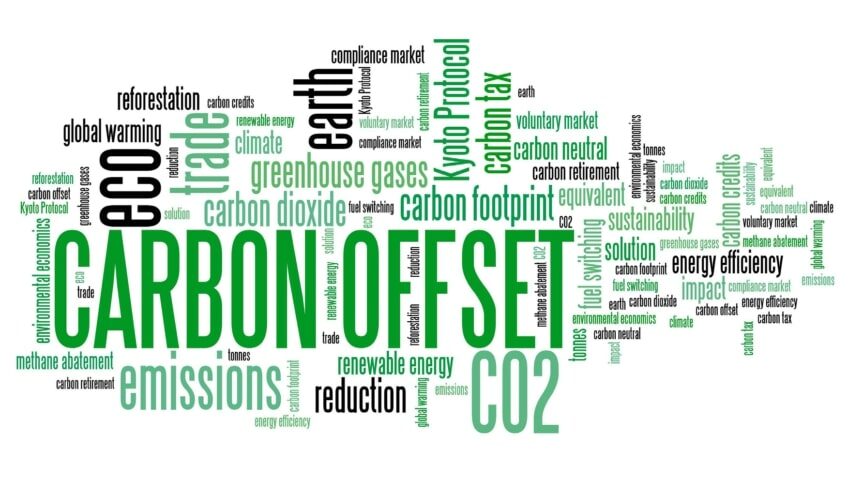A follow-up blog about MTS reducing their carbon footprint.
Reducing our Carbon Footprint: Part 2
We had a few questions about our previous post on the ways we’re reducing our carbon footprint here at MTS. Often the mining industry gets a bad name when it comes to emissions, so we wanted to show that we’re all doing our part to reduce our carbon footprint.
One of our biggest carbon emission contributors is through our flights to mine sites around the world. While we can undertake a lot of our technical work remotely, when it comes to specialised training and mining technology consultancy, travel is unavoidable.
We have therefore dedicated more time looking into steps to reduce our carbon footprint through carbon offsetting our flights.
Carbon Offsetting
As mentioned previously, there has been some scandal around badly-managed carbon offsetting schemes in recent years. Essentially, the money hasn’t been used to truly offset emissions, and we wanted to avoid falling into the trap of making this mistake.
At MTS, we’re keen to ensure that any money we provide for the purposes of carbon offsetting gets used on the right projects.
The Gold Standard is a certification that ensures carbon credits are real and verifiable, and that projects meet high-quality standards.
Steps to Reduce Carbon Footprint
ClimateCare is one such company that undertakes projects that meet the Gold Standard. They are UK-based, recently winning a second Queen’s Aware for Enterprise in Sustainable Development. Their website includes a handy calculator (not just limited to flights) which can be used to work out the emissions and the required contribution.
We have now started offsetting our carbon with ClimateCare and will be continuing to do so for all flights into the future.
Carbon Footprint Reducing with Halton Mill Renewables
Our main office in Halton, UK is located on a site where mills have operated (in some form or another) since at least 1252 AD. Being right on the River Lune, there is clear and easy access to fast-flowing water, which was historically used as a power source.
As we move into the 21st Century, the Lune is still being used to generate electrical power. These modern turbines currently provide power for over 300 homes as well as for Halton Mill, where our office is located.

The turbine even includes a ‘fish pass’ to prevent disturbance to the local fish population, and screen cleaners which remove debris such as plastic waste from the river.
More information about Halton Mill Renewables can be found here.
At MTS, we will continue to look for further ways to improve our impact on the environment, and will aim to share these in a future blog.
[DISPLAY_ULTIMATE_SOCIAL_ICONS]


Write a Comment